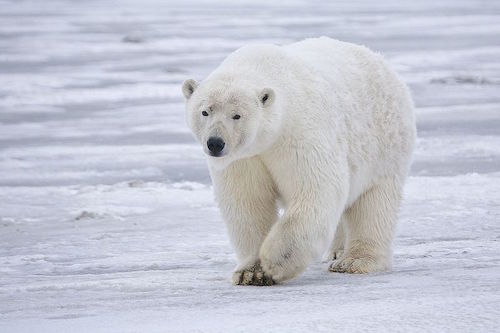 Evolution
Evolution
Breaking Bad — Behe on How Evolution Really Works

When we hear Darwinian evolution invoked, it’s typically to explain how complex contrivances — from the protein level on up — are built. On a new episode of ID the Future, biologists Michael Behe and Ray Bohlin chat about evolution’s dark secret: When we can show it at work, in the lab or in the wild, evolution is very often engaged in breaking things, not building them.
Download the episode by clicking here:
To be sure, breaking stuff can be good or bad, advantageous or disadvantageous. When it’s good, natural selection can retain it. How so? Behe draws illustrations from antibiotic resistance, resistance to malaria, and — polar bears.
As for the last, polar bears with their white — actually make that transparent — hairs parted evolutionary ways with brown bears some 300,000 years ago. The hair color is often cited in a simplistic way as evidence for Darwinism, though it’s merely microevolution at work. (See Casey Luskin on the second episode of Neil Tyson’s Cosmos for more on that.) Behe discusses ways that polar bears are adapted to the cold and these turn out to result in large measure from “degrading something that was already there.” In other words, breaking stuff.
Dr. Behe has shaken the certainties of Darwinism, as we show in the terrific new documentary Revolutionary: Michael Behe and the Mystery of Molecular Machines, written and directed by John West. Get your copy now (DVD or Blu-ray) and check out the rich resources available at the companion website RevolutionaryBehe.com. The website includes ways to join the Revolution yourself, including some that might not have occurred to you.
Photo credit: Alan Wilson [CC BY-SA 3.0], via Wikimedia Commons.

